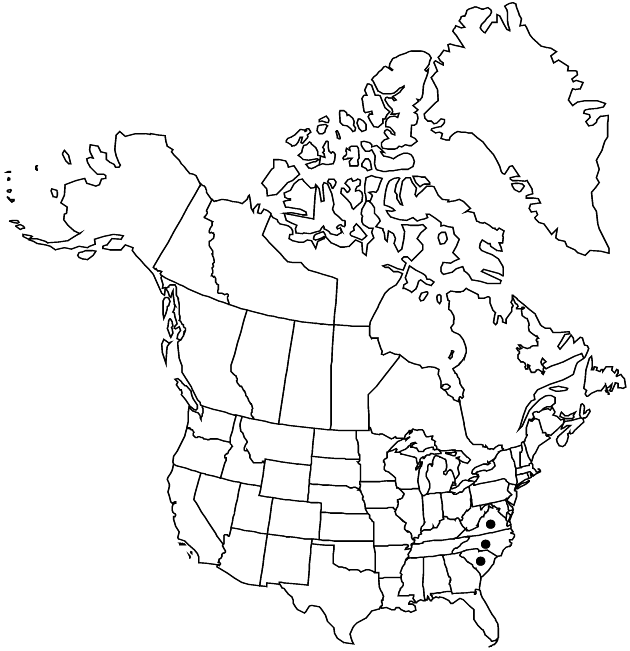Symphyotrichum grandiflorum
Phytologia 77: 283. 1995.
Perennials, 50–100 cm, colonial; woody rhizomatous. Stems 1–5+, erect (stout, brown), proximally ± hispid, distally sparsely strigose, distally stipitate-glandular. Leaves stiff (dark green), greatly reduced distally, margins entire, scabrous; basal early deciduous, sessile, blades (3-nerved) oblanceolate, 40–80 × 4–12 mm, bases attenuate, apices obtuse to acute, faces sparsely scabrous; proximal cauline usually withered by flowering, sessile, blades oblanceolate to lanceolate-oblong, 20–60 × 5–20 mm, bases cordate-clasping, apices acute, mucronulate, faces glabrate to sparsely scabrous, stipitate-glandular; distal sessile, blades lanceolate to oblong, 20–40 × 5–8 mm, bases cuneate, apices acute, mucronulate to white-spinulose, faces glabrous or scabrous, sparsely stipitate-glandular. Heads in racemiform to paniculiform arrays, branches patent or ascending with 1–5+ heads. Peduncles 3–5 cm, short-strigose, stipitate-glandular, bracts spreading to reflexed, lanceolate-oblong, 5–10 mm, little reduced distally, grading into phyllaries. Involucres campanulate, 8.5–12 mm. Phyllaries in 3–4 series, spatulate-oblanceolate, unequal, bases ± indurate, margins scarious, green zones covering distal portion, apices spreading to strongly reflexed, faces sparsely scabrous, moderately stipitate-glandular. Ray-florets 14–35; corollas light to reddish purple, laminae 11–15 (–20) × 1.5–2.5 mm. Disc-florets 25–35; corollas yellow becoming reddish purple, 5.5–8 mm, lobes narrowly triangular, 0.7–1 mm. Cypselae light-brown, cylindric to narrowly obovoid, ± compressed, 3–4.5 mm, 7–10-nerved (brown), faces moderately strigose; pappi tan, 5.5–6 mm. 2n = 30, 60.
Phenology: Flowering (Sep–)Oct(–Nov).
Habitat: Sandy soils, sand hills, roadsides, edges of deciduous woods and thickets
Elevation: 0–200+ m
Distribution

N.C., S.C., Va.
Discussion
Selected References
None.